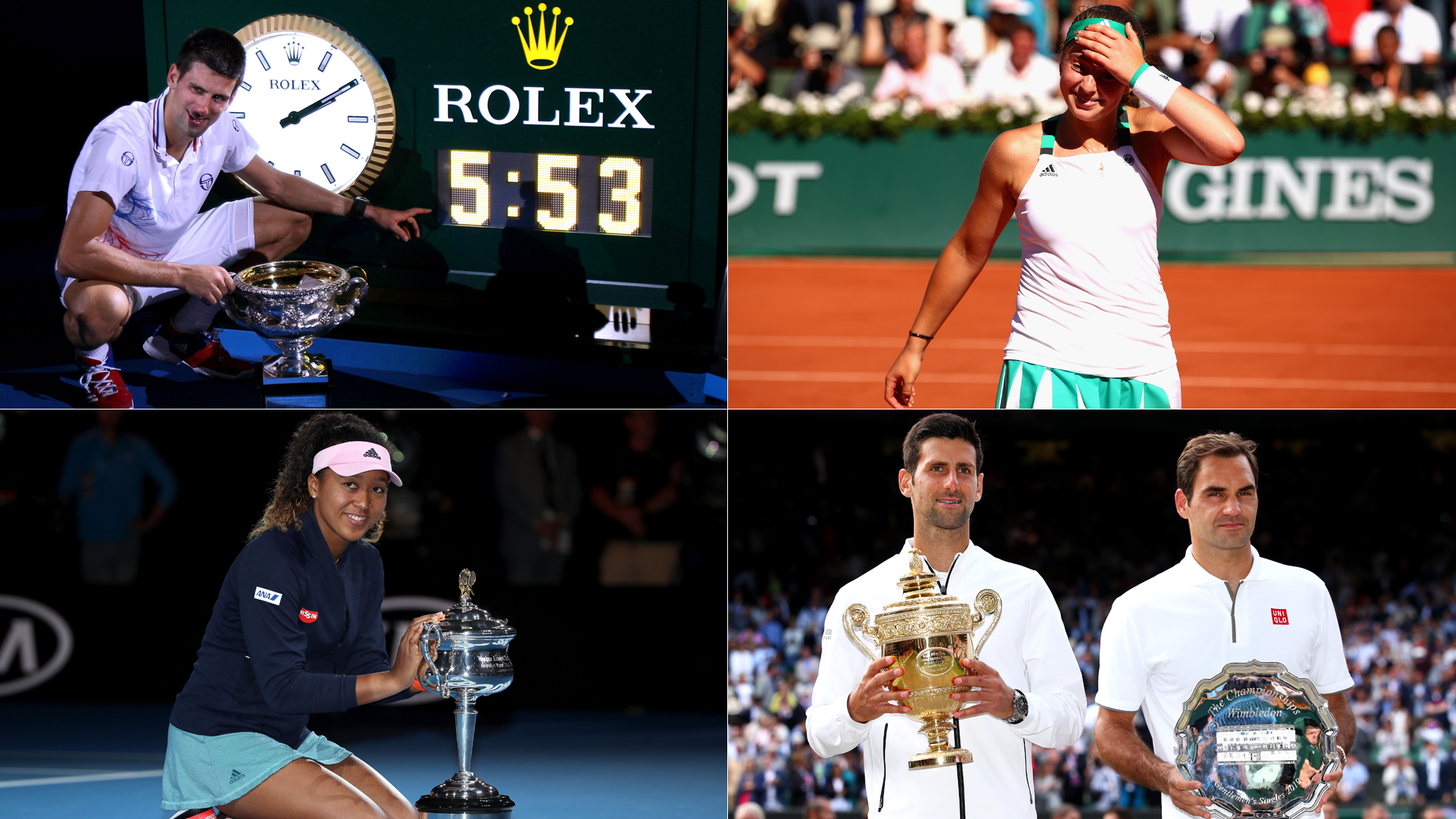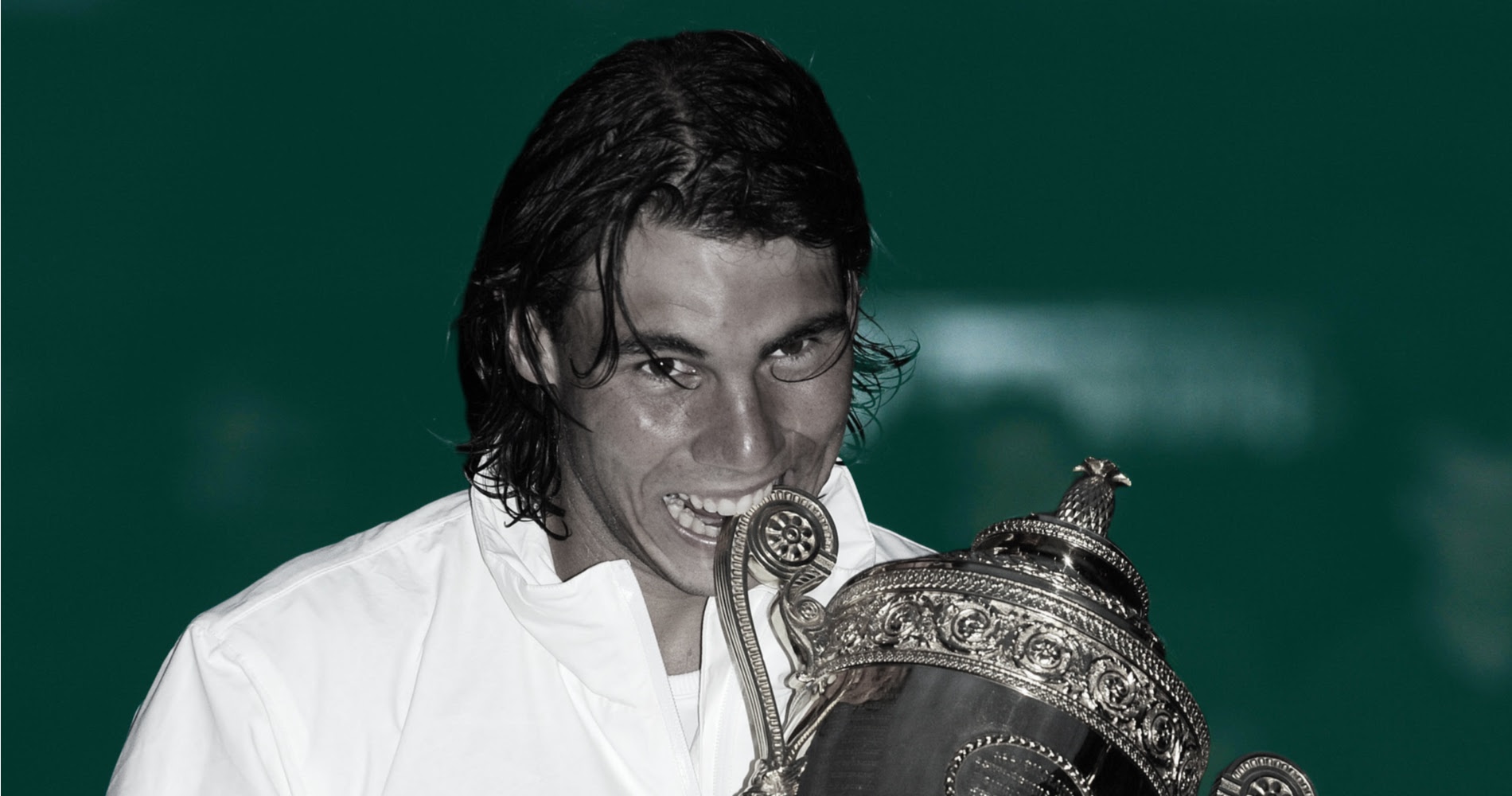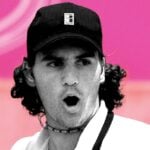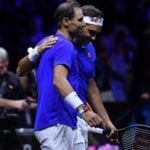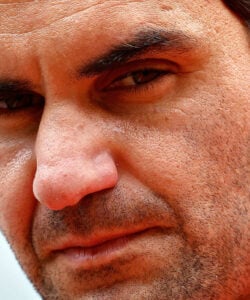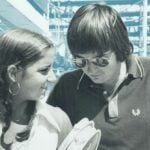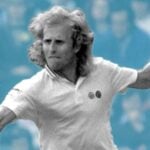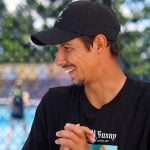January 29, 2017: The day Roger Federer stunned Rafael Nadal in Melbourne to win his first Grand Slam title for five years
Every day, Tennis Majors looks back at the biggest moments in tennis history. On January 29, 2017, Roger Federer beat Rafael Nadal in a classic Australian Open final to win his 18th Grand Slam title – and first for five years.
 Roger Federer
Roger Federer
What happened exactly on that day
On this day, January 29, 2017, Roger Federer, playing his first tournament after a six-month break due to knee injury, defeated his old nemesis Rafael Nadal in the Australian Open final (6-4, 3-6, 6-1, 3-6, 6-3) to clinch his first Grand Slam title since Wimbledon in 2012.
Aged 35, the Swiss came back from a break down in the final set to add an 18th major crown to his list of achievements. A few months later, he would triumph one more time at the All England Club, and in 2018, after successfully defending his title at Melbourne Park at the age of 36, he would become world No 1 again, almost six years after his last appearance on top of the ATP rankings.
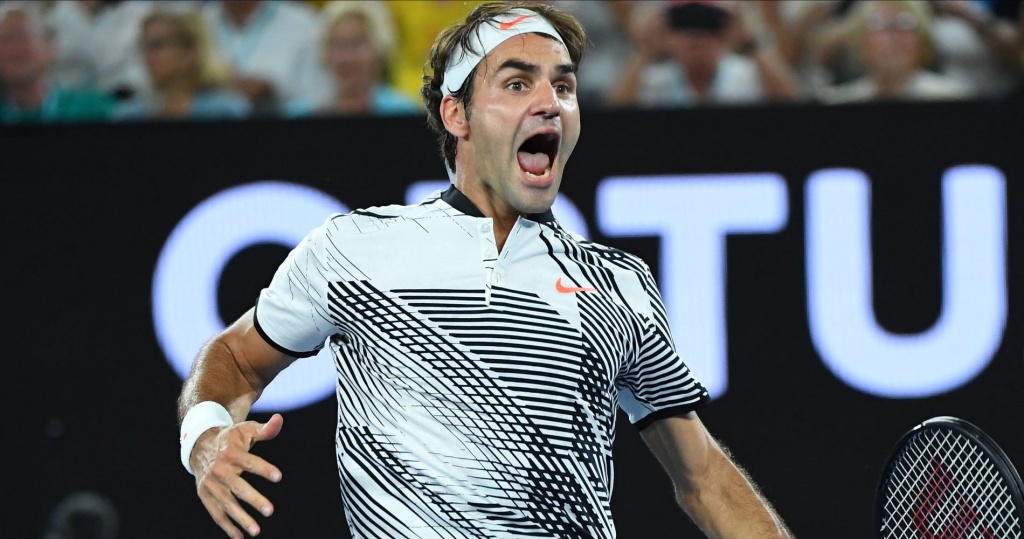
The players: Roger Federer and Rafael Nadal
- Roger Federer: Swiss Maestro, 20-time major champion
Roger Federer, the Swiss maestro, born in 1981, was 35 years old in January 2017. He had dominated the game outrageously in the 2000s, especially between 2004 and 2008, accumulating 12 Grand Slam titles before Rafael Nadal challenged him for the world No 1 spot. In 2009, after three lost finals against his Spanish nemesis, he finally triumphed at Roland-Garros, defeating Robin Soderling in the final (6-1, 7-6, 6-4), achieving a career Grand Slam that would make most of the tennis world consider him to be the greatest player of all time.
In 2011, Novak Djokovic became the best player in the world. Federer, who had claimed 16 Grand Slam titles between 2003 and 2010, did not lift a major trophy until Wimbledon 2012. In the following four years, he reached the final of a Grand Slam tournament three times, at Wimbledon (2014, 2015) and at the US Open (2015), each time defeated by Djokovic. In 2016, Federer, bothered by a knee injury, skipped the French Open and then had to put an early end to his season, after losing to Milos Raonic in the semi-finals at the All England Club (6-3, 6-7, 4-6, 7-5, 6-3).
His return to the game was scheduled, after a brief rehab at home and some much-needed hiking in the mountains, at the 2017 Australian Open.
- Rafael Nadal: King of Clay
In 2017, Rafael Nadal, born in 1986, was one of the three active players to have achieved a career Grand Slam, along with Federer and Djokovic. Nicknamed the King of Clay, he had already triumphed nine times at Roland-Garros between 2005 and 2014, but he had also won Wimbledon twice (2008, 2010), the US Open twice (2010, 2013) and the Australian Open once, in 2009.
In 2008, Nadal reached world No 1 for the first time, a ranking that he held for 46 consecutive weeks and 141 weeks in total. Since 2015 though, the Spanish left-hander had not been as successful. Heavily defeated by his rival Djokovic in the Roland-Garros quarter-finals in 2015 (7-5, 6-3, 6-1), he didn’t reach the semi-finals of a single Grand Slam tournament for two years, which had never happened to him since his two first years on the Tour, when he was a teenager.
In 2015, Nadal’s ranking dropped down to world No 10, his worst ranking in more than 10 years. At the end of 2016, the 14-time Grand Slam champion was only world No 9, his worst year-end ranking since 2004.
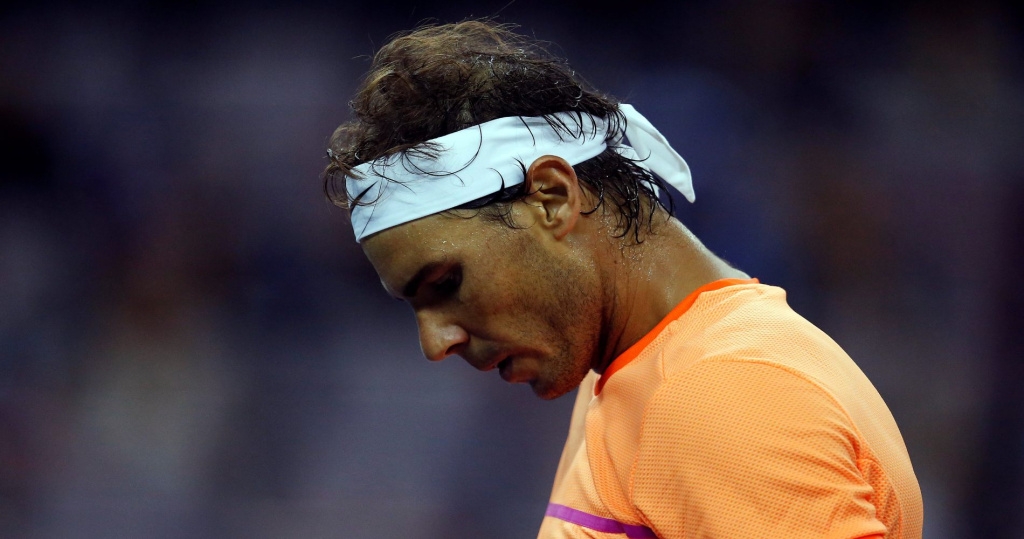
The place: Australian Open, Melbourne Park
Unlike the other Grand Slam tournaments, the Australian Open (first known as the Australasian Championships and, later, the Australian Championships) had changed locations several times over the years. In fact, the event switched cities every year before it settled in Melbourne in 1972, and no fewer than five Australian cities had hosted the event at least three times: Melbourne, Sydney, Adelaide, Brisbane and Perth.
The event was originally held on grass at the Kooyong Stadium, in a wealthy eastern suburb of Melbourne. Its timing had changed several times as well, between early December and January, alternating from being the first Grand Slam of the year to being the last.
Until 1982, many of the best players skipped the Australian Open, mainly because of the remoteness of the locale, and the low prize money. Starting with the triumph of Swedish star Mats Wilander, the dynamic slowly started changed. The tournament’s board made big efforts rise in prestige to match the other Grand Slams, which resulted in the event moving to a new location in 1988, at Flinders Park (later known as Melbourne Park), switching from grass to hard courts, and displaying the first-ever centre court equipped with a retractable roof.
Prizes increased as well, and it wasn’t long before the tournament became many player’s favourite Grand Slam – it was dubbed “The Happy Slam”.
The facts: Federer wins last five games for incredible win
Although a final between Roger Federer and Rafael Nadal used to be a predictable outcome at a Grand Slam tournament, it was far from being the case at the 2017 Australian Open. Neither of these two champions, who held a total of 31 major crowns at the time, had been as dominant as in the good old days. While Nadal, unable to reach the final four of a Grand Slam event since Roland-Garros 2014, was now only world No 9, Federer had put an early end to his 2016 season after Wimbledon, and the Australian Open was the first event he attended after a six-month break.
At the start of the tournament, few experts thought that the two legends could face each other in a vintage final. Even Federer would later explain that in his mind “a great event would be quarters, fourth round would be nice.”
When the two top-ranked players, Andy Murray and Novak Djokovic, were ousted before the end of the fourth round, the dream of a Federer-Nadal final started to take shape.
In the semi-finals, the old rivals both had to play five sets again. Federer prevailed against fellow Swiss Stan Wawrinka (6-4, 3-6, 6-1, 3-6, 6-3), and Nadal edged Grigor Dimitrov (6-3, 5-7, 7-6, 6-7, 6-4), displaying his legendary fighting spirit once again. Most tennis fans were thrilled: just when no one believed it was going to ever happen again, Roger Federer was to face Rafael Nadal in a Grand Slam final for the first time since the 2011 French Open.
At the time, the Spaniard held a 23-11 record against the Swiss. Although most of his wins had happened on clay, he had defeated Federer on fast surfaces on several important occasions, such as the 2008 Wimbledon final and the 2009 Australian Open final. Federer had only won three of their 10 last encounters. Federer was not the favourite.
Yet, it was soon obvious that Federer had come up with a plan. Maybe inspired by Dimitrov’s strategy in the semi-finals, he didn’t slice his backhand as often as usual, trying to hit the ball early on both sides to avoid being pushed back by Nadal’s topspin.
“I told myself to play free,” Federer said. “You play the ball. You don’t play the opponent. Be free in your head. Be free in your shots. Go for it. The brave will be rewarded here. I didn’t want to go down just making shots, seeing forehands rain down on me from Rafa.”
Despite his amazing level of play, when Federer ended up being down a break in the fifth set, it seemed that his old nemesis was going to deprive him from another Grand Slam crown. But we would come to find that nothing was to happen as predicted in this 2017 Australian Open.
Winning several breathtaking points, including a fantastic rally at 4-3, advantange, the Swiss not only clawed his way back, but he broke Nadal a second time and he served for the title at 5-3. He clinched the title on a last forehand winner, and, although he had to wait a couple of seconds as Nadal challenged the call, he could finally let his emotions go: five years after his last success in a major tournament, he was the Australian Open champion for the sixth time.
“Emotions poured out of me. I can’t compare this to any other one except maybe the French Open in ’09,” Federer said.
Meanwhile, Nadal, although disappointed, was enthusiastic about his level and about the upcoming season: “I worked very hard to get where I am,” said Nadal. “I fight a lot, probably Roger deserved it a little bit more than me. I’m just going to keep trying. I feel I am back at a very high level.”
What next: Federer wins two more slams
Roger Federer would confirm his return to the top, adding a 19th Grand Slam title to his list of achievement at Wimbledon (defeating Marin Cilic in the final, 6-3, 6-1, 6-4), and a 20th at the 2018 Australian Open (defeating Cilic again, 6-2, 6-7, 6-3, 3-6, 6-1). In February 2018, he would reclaim the world No 1 spot, even though he would only remain on top of the rankings for only a few weeks. But in 2022, after three surgeries on his knee, Federer announced he would be retiring after the Laver Cup. He bowed out of the sport playing doubles with Nadal in his final match, in front of a packed crowd at London’s O2.
Rafael Nadal was right, he was back at a very high level. In the six following years, he would add eight Grand Slam titles to his list of achievements, equalling Federer’s record of 20 major crowns and then setting a new record of 22. The Spaniard won five more times at Roland-Garros (2017-2020, 22) setting an unbelievable record of 14 titles in Paris), twice at the US Open (2017, 2019) and once at the Australian Open, in 2022.



